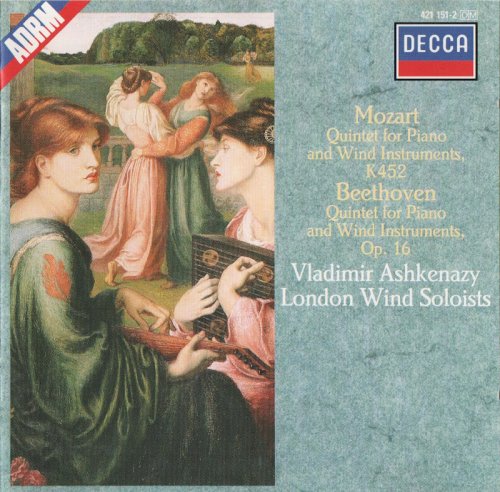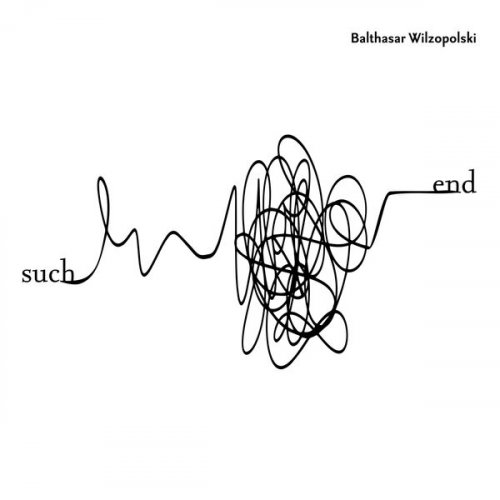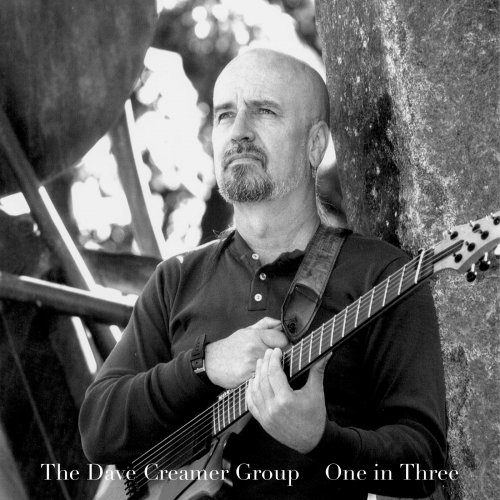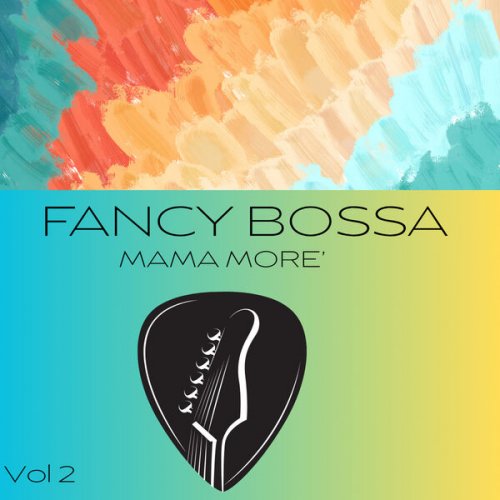Vladimir Ashkenazy, London Wind Soloists - Mozart, Beethoven: Quintets for Piano and Wind Instruments (1988)

Artist: Vladimir Ashkenazy, London Wind Soloists
Title: Mozart, Beethoven: Quintets for Piano and Wind Instruments
Year Of Release: 1988
Label: Decca
Genre: Classical
Quality: FLAC (image+.cue,log,scans)
Total Time: 52:19
Total Size: 270 Mb
WebSite: Album Preview
Tracklist: Title: Mozart, Beethoven: Quintets for Piano and Wind Instruments
Year Of Release: 1988
Label: Decca
Genre: Classical
Quality: FLAC (image+.cue,log,scans)
Total Time: 52:19
Total Size: 270 Mb
WebSite: Album Preview
01. Quintet in E flat major, KV 452: I. Largo - Allegro Moderato [0:10:22.62]
02. Quintet in E flat major, KV 452: II. Larghetto [0:09:08.25]
03. Quintet in E flat major, KV 452: III. Rondo - Allegretto [0:05:43.25]
04. Quintet in E flat major, Op. 16: I. Grave - Allegro ma non troppo [0:13:24.00]
05. Quintet in E flat major, Op. 16: II. Andante Cantabile [0:07:53.38]
06. Quintet in E flat major, Op. 16: III. Rondo: Allegro ma non troppo [0:05:46.12]
Performers:
Vladimir Ashkenazy - piano
Terence MacDonagh - oboe
Jack Brymer - clarinet
Alan Civil - horn
William Waterhouse – bassoon
This music was recorded by Ashkenazy and the London Wind Soloists in 1966, quite early in his career outside Russia. It is outstanding in every way, not the least of which is the balance among the instruments, all of which have rewarding music to play. I have heard much more recent recordings of chamber groups that don't achieve this kind of balance. The Mozart Quintet dates from 1784, when he was at the peak of his powers, and this particular mix of instruments had not been tried before. It is a good-natured work, lively in the outer movements, with each player getting a chance to take the lead, so to speak, and the blended textures are arresting and appealing. The middle movement isn't really slow --it moves along at a good clip and rather than contrasting with the mood of the outer movements it offers an additional take on it. The Beethoven Quintet was written twelve years later (1796), at a time when Beethoven, at 26, was still establishing himself as a composer and pianist. Its form parallels that of Mozart exactly, and most writers take it as a tribute to the older master. Again, the middle movement (andante cantabile here) has a lovely fresh forward movement. Ashkenazy, best known at the time for his Rachmaninov recordings, totally commands the classical style and plays with beauty and energy. All the wind soloists were well-known in their time, with Brymer (clarinet) and Civil (French horn) having notable concerto recordings under their belts, and they play like angels here.




![The Mood Mosaic - Funk 'n' Roll (2025) [Hi-Res] The Mood Mosaic - Funk 'n' Roll (2025) [Hi-Res]](https://www.dibpic.com/uploads/posts/2025-12/1765495597_fei4b1bbm7qjr_600.jpg)



